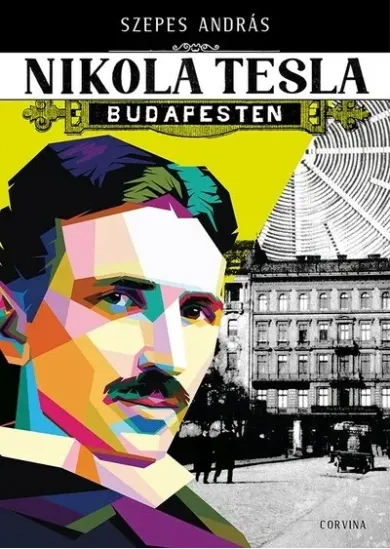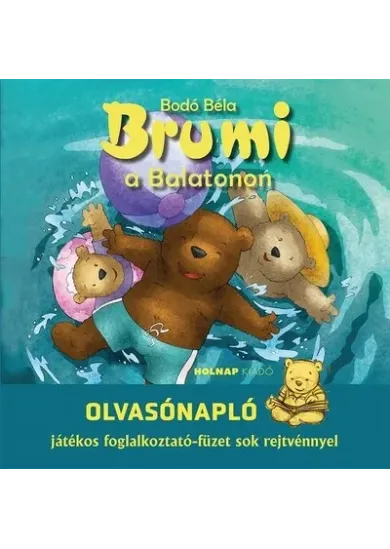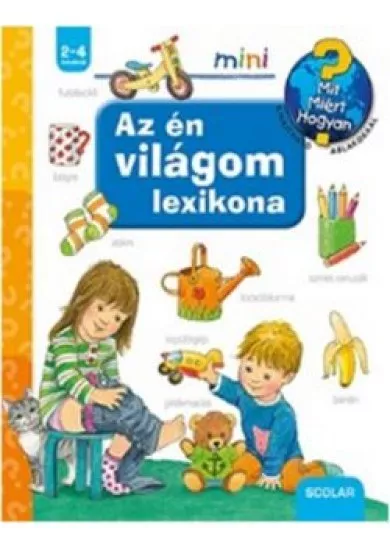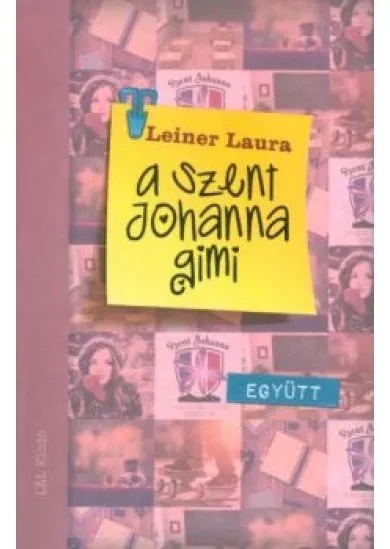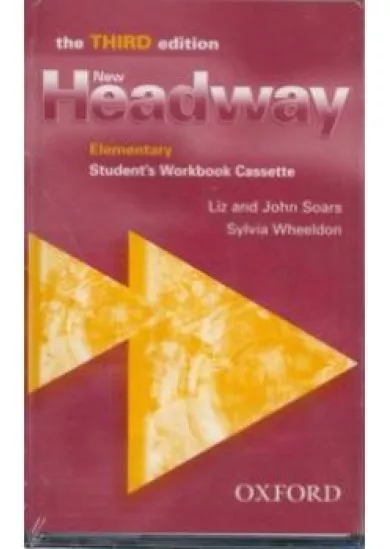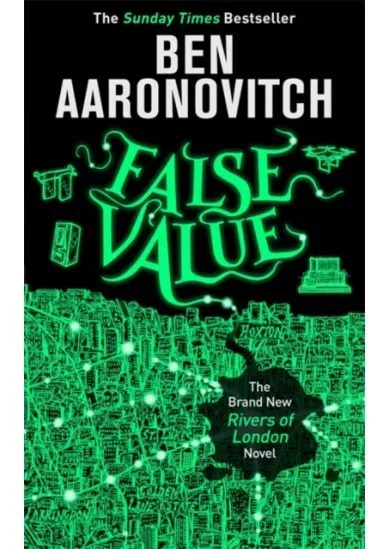Richard Colbey
The Status and Recognition of Post-1992 Transnistria
Legally part of Moldova, Transnistria is sandwiched between that country and southern Ukraine. After the USSR broke up, its people’s desire not to be governed by Moldova led to a 1992 war in which nearly 1,000 died; since then, it has maintained de facto independence, although it relies significantly on Russian economic, political and military support. Technically, there is still a conflict between Transnistria and Moldova, but this has become frozen and they enjoy reasonably civil relations.Resulting from six years of research, during which the author made nine visits to the territory – where he interviewed politicians, judges, public servants, human rights lawyers, diplomats, police officers, academics, students and others – this book examines what the best future for Transnistria is and whether de jure independence is a viable solution.
Legally part of Moldova, Transnistria is sandwiched between that country and southern Ukraine. After the USSR broke up, its people’s desire not to be governed by Moldova led to a 1992 war in which nearly 1,000 died; since then, it has maintained de facto independence, although it relies significantly on Russian economic, political and military support. Technically, there is still a conflict between Transnistria and Moldova, but this has become frozen and they enjoy reasonably civil relations.Resulting from six years of research, during which the author made nine visits to the territory – where he interviewed politicians, judges, public servants, human rights lawyers, diplomats, police officers, academics, students and others – this book examines what the best future for Transnistria is and whether de jure independence is a viable solution.
| Nyelv | angol |
| Kiadó | Legend Press Ltd |
| Oldalak száma | 320 |
| Kötés típusa | Paperback / softback |
| Súly (g) | 500 g |
| Méretek (Sz-M-H) | 216 x 138 |
| EAN | 9781915054302 |
| Szállítási idő | Nem elérhető |









